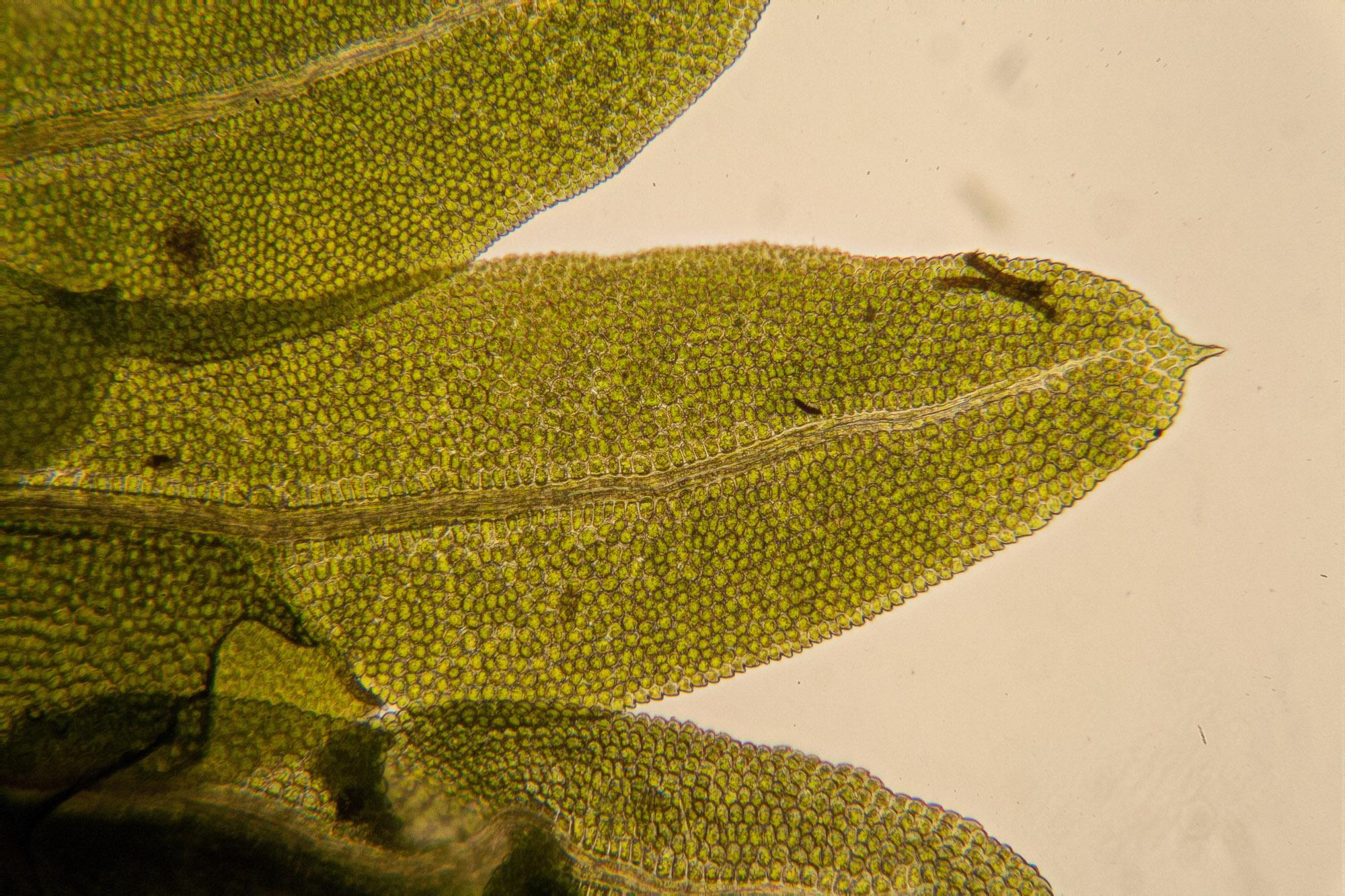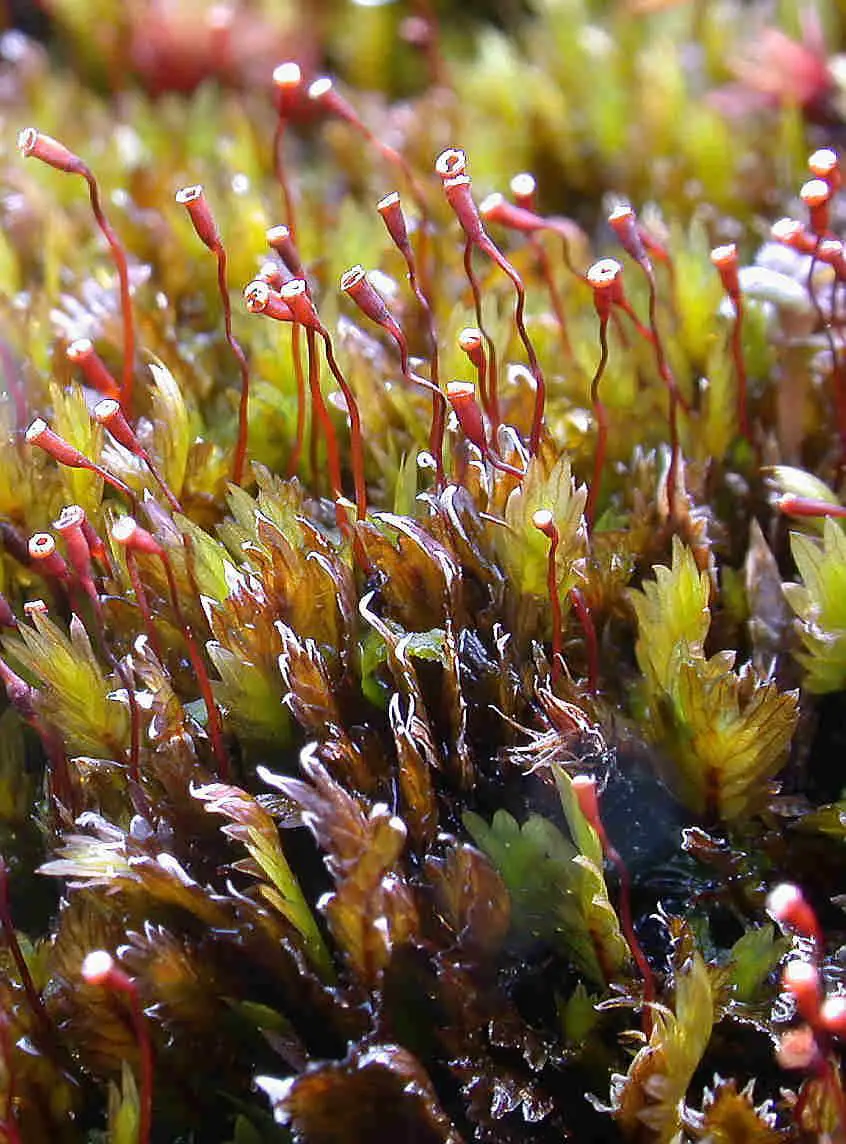Discovering the Marvels of Fissidens osmundoides Hedw.
Affiliate Disclaimer: As an affiliate, we may earn a small commission when you make a purchase from any of the links on this page at no additional cost to you!

382029.jpg from: https://inpn.mnhn.fr/espece/cd_nom/4388
Introduction
In the vast and captivating world of bryophytes, the Fissidens osmundoides Hedw. moss stands out as a remarkable species within the

Fissidens-osmundoides-leaf.jpg from: https://ohiomosslichen.org/moss-fissidens-osmundoides/
Fissidentaceae family. Often referred to simply as Fissidens, this unassuming yet fascinating plant has captured the hearts of moss enthusiasts worldwide. Let’s delve into the intriguing realm of this diminutive marvel and uncover its secrets.
Background

Fissidens_osmundoides_008.JPG from: https://cisfbr.org.uk/Bryo/Cornish_Bryophytes_Fissidens_osmundoides.html
Before we explore the intricacies of Fissidens osmundoides Hedw., it’s essential to understand the broader context of bryophytes. These non-vascular plants, which include mosses, liverworts, and hornworts, are among the oldest land plants on Earth. They play a crucial role in various ecosystems, acting as pioneers in colonizing new environments and contributing to soil formation and moisture retention.
Main Content
Morphology and Identification

2022-01-30-13-32-19.jpg from: https://www.britishbryologicalsociety.org.uk/learning/species-finder/fissidens-osmundoides/
full from: https://barrreport.com/gallery/fissidens-osmundioides-emersed.485/
Fissidens osmundoides Hedw. is a small, acrocarpous moss that forms dense, velvety mats or tufts. Its leaves are arranged in two distinct rows, giving it a distinctive, feather-like appearance. The leaves are
Fissidens-taxifolius-17-750×500.jpg from: https://ohiomosslichen.org/moss-fissidens-taxifolius/
lingulate (tongue-shaped) and have a characteristic apical lamina (a thinner, translucent portion at the leaf tip). This unique feature aids in identifying Fissidens species from other mosses.
Global Distribution and Habitat
Fissidens osmundoides Hedw. is widely distributed across various regions, including Europe, Asia, North America, and parts of Africa. It thrives in moist, shaded environments, such as forests, stream banks, and rocky outcrops. This moss prefers acidic to neutral soils and is often found growing on decaying logs, tree bases, and moist soil.
Ecological Roles and Adaptations
Despite its diminutive size, Fissidens osmundoides Hedw. plays a vital role in its ecosystem. It contributes to soil formation and moisture retention, creating a suitable environment for other plants to thrive. Additionally, this moss serves as a microhabitat for various invertebrates, providing shelter and food sources.
One of the remarkable adaptations of Fissidens species is their ability to survive desiccation (drying out) and rapidly rehydrate when moisture becomes available. This trait allows them to colonize and persist in environments with intermittent water availability.
Case Studies/Examples
In a study conducted in the Pacific Northwest region of North America, researchers found that Fissidens osmundoides Hedw. played a crucial role in facilitating the establishment of other plant species in disturbed areas. The moss acted as a pioneer species, creating favorable conditions for the growth of seedlings and other vegetation.
| Technical Table: Fissidens osmundoides Hedw. |
|---|
| Scientific Name |
| Family |
| Order |
| Class |
| Division |
| Growth Form |
| Leaf Arrangement |
| Leaf Shape |
| Habitat |
| Distribution |
Conclusion
The Fissidens osmundoides Hedw. moss, a member of the Fissidentaceae family, is a remarkable species that deserves our appreciation and admiration. Its unique morphology, ecological significance, and adaptations make it a fascinating subject of study for bryologists and nature enthusiasts alike. As we continue to explore the intricate world of mosses, let us ponder this thought-provoking question: How can we better protect and conserve these often overlooked yet vital components of our ecosystems?
